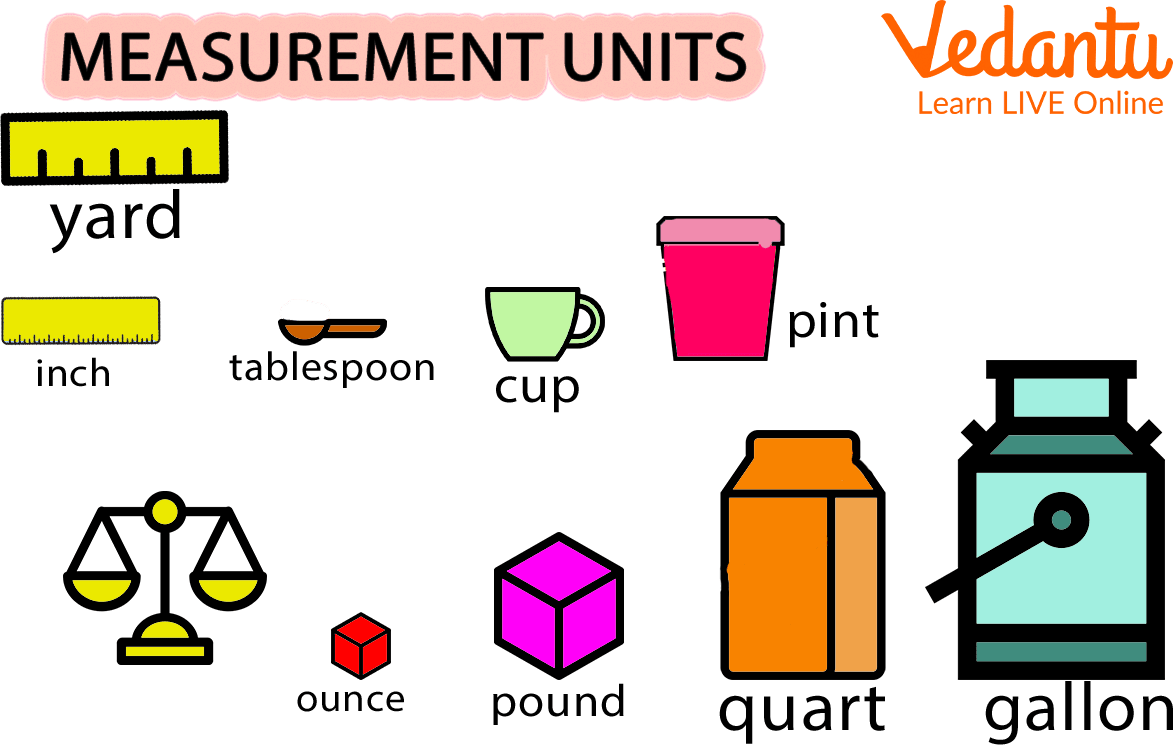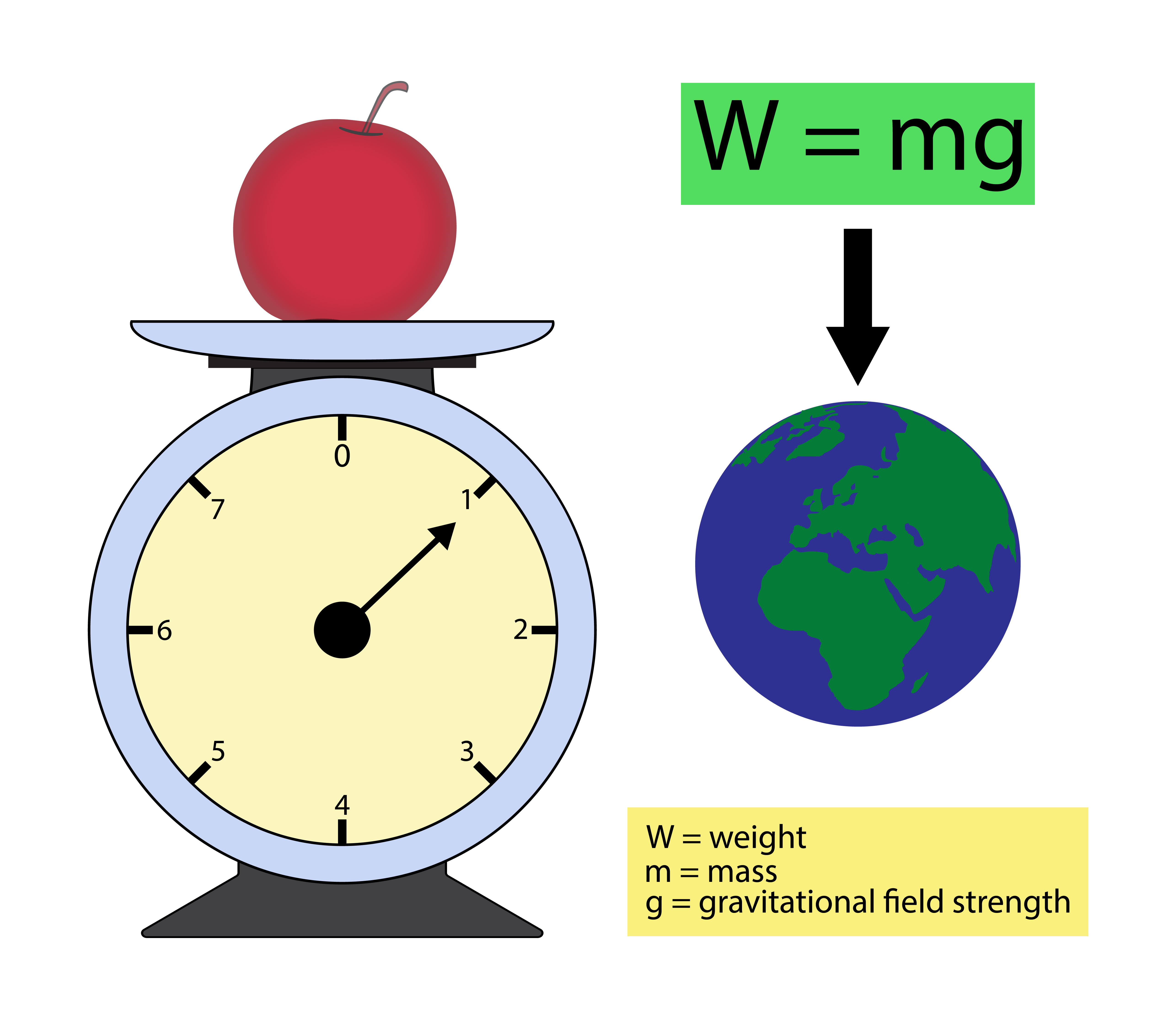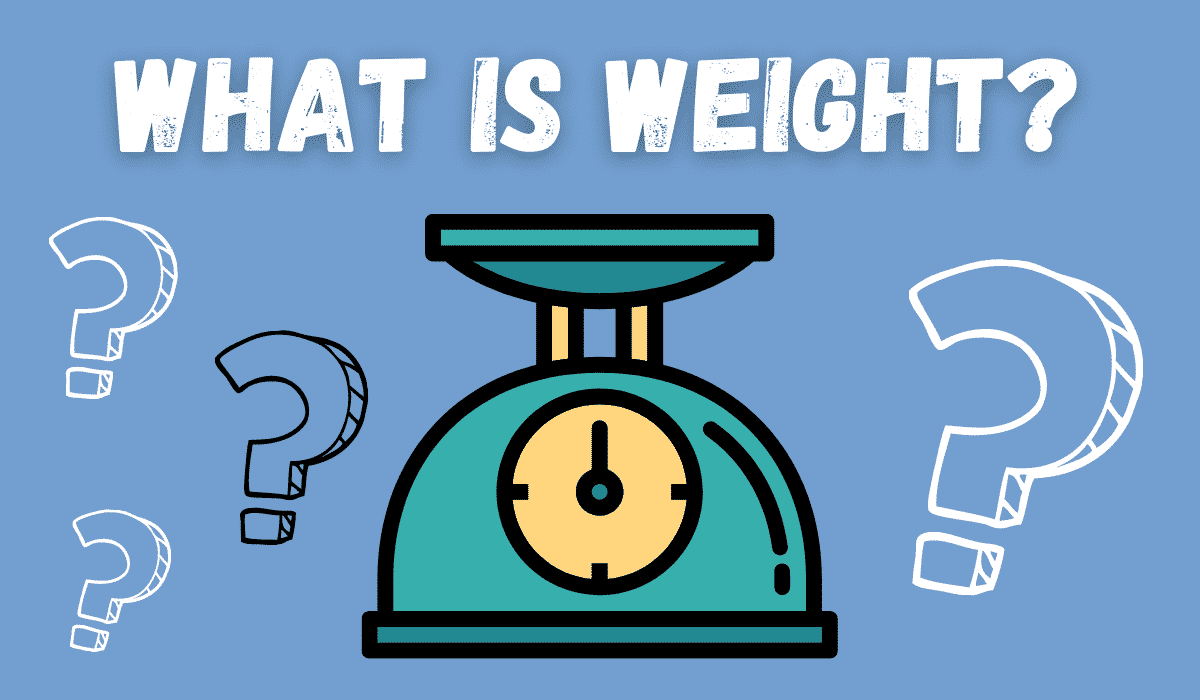Unlock Your Transformation: The Power Of Photo Weight Loss
Embarking on a weight loss journey is a profound personal commitment, often marked by the numbers on a scale or the fit of your clothes. Yet, there's a powerful, often underestimated tool that can revolutionize how you perceive your progress and sustain your motivation: photo weight loss. This isn't just about snapping a selfie; it's about creating a visual diary of your transformation, offering insights and encouragement that mere numbers can't capture.
The concept of using photographs to track physical changes extends far beyond casual observation. It taps into deep psychological drivers, providing undeniable proof of your efforts and helping you identify areas of improvement. In a world saturated with quick fixes and fleeting trends, harnessing the consistent, objective evidence of your own body's evolution through photos can be the steady anchor you need for long-term success and a healthier lifestyle.
The Visual Journey: Why Photo Weight Loss Works
While the scale provides a quantitative measure, it often fails to capture the nuanced changes happening within your body. Muscle gain, fat loss, improved posture, and redistributed weight can all occur without a significant shift in numerical weight. This is where photo weight loss truly shines. It offers a qualitative, undeniable record of your physical evolution, allowing you to see progress that the scale might obscure.
- Carlos Bakery Prices
- Hallmark Movies Based On Books
- Frankie Muniz Health
- Russell Crowe Weight
- Scott Wapner
Consider the frustration of someone diligently working out and eating well, only to see the scale barely budge. This common scenario can be incredibly demotivating. However, if they were consistently taking progress photos, they might observe their clothes fitting better, their waistline shrinking, or their muscles becoming more defined. These visual cues serve as powerful motivators, reinforcing the idea that their efforts are indeed yielding results, even if the numbers aren't screaming success.
The Psychology Behind Seeing is Believing
The human brain is wired to respond powerfully to visual stimuli. When you see your own body transforming, it triggers a strong psychological response that reinforces positive behavior. This isn't just anecdotal; studies in behavioral psychology highlight the impact of visual feedback on goal attainment. Seeing tangible proof of your progress can:
- Boost Self-Efficacy: It strengthens your belief in your own ability to succeed, making you more likely to stick with your plan.
- Enhance Motivation: Visual evidence acts as a constant reminder of your achievements, fueling your desire to continue.
- Improve Body Image: As you see positive changes, your perception of your body can improve, fostering a healthier relationship with yourself.
- Provide Objective Feedback: Unlike subjective feelings, photos offer an objective view, helping you identify areas where you're making progress and where you might need to adjust your approach.
The act of taking and reviewing these photos becomes a ritual of self-affirmation, a personal "body composition program" that aligns with your "commander's intent" for a healthier self, much like how military programs focus on "military appearance program" and overall readiness. It’s about creating a structured, visual assessment of your journey.
- Luke Perry Shannen Doherty 90210
- Cheers Jay Thomas
- How Old Is Heath Ledgers Daughter
- Girlfriend Sexy
- Professor Proton
Beyond the Scale: What Photos Reveal
The scale measures total body weight, which includes muscle, fat, bone, and water. It doesn't differentiate between these components. Photos, however, can provide a more holistic view of your body composition changes. For instance, you might notice:
- Reduced Bloating: Visual evidence of a flatter stomach.
- Improved Posture: Standing taller, shoulders back.
- Muscle Definition: Visible contours of muscles as fat decreases.
- Clothing Fit: How clothes drape differently on your body.
- Proportional Changes: Seeing how your body shape is evolving, perhaps narrowing at the waist or hips.
These subtle yet significant changes are often overlooked by the scale but are clearly captured in a series of photographs. Think of it like a comprehensive "NCIC person file record" for your body, where "how many images can be associated" with your progress tells a detailed story of your transformation over time.
Setting Up Your Photo Weight Loss System
To maximize the effectiveness of photo weight loss, a consistent and strategic approach is essential. Random selfies won't yield the same insights as a structured visual record. The goal is to create a standardized method that allows for accurate comparison over time.
Mastering the Art of Progress Photos
Just as a professional requires specific conditions for identification photos—like those mentioned in the "Data Kalimat" for a recipient's head—your progress photos need a consistent setup to be truly effective. This means:
- Consistent Lighting: Use natural light if possible, or consistent artificial lighting. Avoid harsh shadows or overly bright spots. The goal is "adequate lighting to make" details clear.
- Consistent Background: A "blank white backdrop" or a plain, uncluttered wall works best. This eliminates distractions and keeps the focus solely on your body.
- Consistent Posing: Take photos from the same angles each time. Common poses include front, side, and back views. Consider wearing the same minimal clothing (e.g., underwear, swimsuit, or form-fitting athletic wear) to highlight changes.
- Consistent Distance: Stand the same distance from the camera each time. Use a tripod or mark a spot on the floor to ensure consistency.
- Full Body Shots: Ensure your entire body is visible, from head to toe. This provides a comprehensive view of your transformation.
- No Filters or Editing: Resist the urge to use filters or edit your photos. The purpose is honest, objective tracking, not creating a perfect image.
Think of each photo as a data point in your visual journey. The more consistent these data points are, the clearer the picture of your progress will be. This meticulous approach is akin to how "vos should take a photo of the recipient's head above the collar, against a blank white backdrop, with adequate lighting" for official records – precision matters for accurate tracking.
Consistency is Key: Scheduling Your Visual Check-ins
Regularity is paramount for effective photo weight loss tracking. Taking photos too frequently might not show significant changes, leading to discouragement. Taking them too infrequently might mean you miss important shifts. A good starting point is:
- Weekly or Bi-weekly: For many, taking photos once a week or every two weeks provides a good balance. This allows enough time for noticeable changes to occur without feeling overwhelmed.
- Same Day, Same Time: Always take your photos on the same day of the week (e.g., every Monday morning) and at the same time. This helps control for daily fluctuations in water retention or bloating.
- Empty Stomach: Ideally, take photos first thing in the morning, before eating or drinking, and after using the restroom.
Just like "Make, study and find online flashcards on quizlet" helps with consistent learning, scheduling your photo check-ins creates a consistent "study" of your body's changes. You're creating your own visual "flashcards" of progress.
Leveraging Your Photo Progress for Motivation
Once you've established your photo weight loss system, the real power comes from actively using these images for motivation. Don't just store them away; engage with them.
- Create Collages: Use apps or simple photo editors to create side-by-side comparisons of your "before" and "after" photos, or a sequence of photos over time. This visual juxtaposition makes changes incredibly clear.
- Share (If Comfortable): Sharing your progress with a trusted friend, family member, or online community (if you feel safe and comfortable) can provide accountability and external validation.
- Journal Your Feelings: Alongside your photos, jot down notes about how you felt on that day, your energy levels, or any non-scale victories. This adds a deeper emotional layer to your visual record.
- Celebrate Milestones: When you see significant changes, acknowledge and celebrate them. This positive reinforcement strengthens your commitment.
This active engagement transforms passive photo taking into an active tool for self-coaching and motivation. It’s about "studying" your own progress, much like how one would "study with quizlet and memorize flashcards" to master a subject.
Common Pitfalls and How to Avoid Them
While powerful, photo weight loss isn't without its potential pitfalls. Being aware of these can help you navigate your journey more effectively:
- Comparing Yourself to Others: Your journey is unique. Focus solely on your own progress and avoid comparing your body to others, especially those seen on social media, who may have different genetics, starting points, or even use deceptive editing.
- Obsessing Over Perfection: Not every photo will show dramatic change, and progress isn't linear. Some weeks might show less visible change than others. Understand that plateaus are normal.
- Inconsistent Conditions: As discussed, varying lighting, poses, or backgrounds can make it difficult to accurately assess changes, leading to frustration. Stick to your established routine.
- Negative Self-Talk: If you're not seeing the changes you expect, avoid negative self-talk. Instead, use the photos as an opportunity to reassess your diet and exercise strategies.
- Neglecting Other Metrics: While photos are great, don't completely abandon other metrics like how your clothes fit, your energy levels, strength gains, or even the scale (used in conjunction with photos, not in isolation).
Remember, the photos are a tool for self-improvement, not self-criticism. They are there to support your "right of service members to observe any religion or no religion," which in this context means your right to observe your own unique progress without judgment, focusing on your personal freedom in your health journey.
Integrating Photo Tracking with Your Wellness Plan
For optimal results, photo weight loss should be integrated into a comprehensive wellness strategy. It's a powerful feedback mechanism, but it needs to be paired with effective action.
- Nutrition Tracking: Use apps or a food diary to log your meals. Seeing your photos change can reinforce healthy eating habits.
- Exercise Log: Keep a record of your workouts. As you get stronger, your body composition will change, and photos will reflect this.
- Sleep and Stress Management: These factors significantly impact weight and body composition. A holistic approach, including managing sleep and stress, will enhance your visual results.
- Professional Guidance: For significant weight loss or specific health conditions, consult with a registered dietitian, certified personal trainer, or healthcare provider. They can provide personalized advice and help you interpret your progress, including what your photos reveal.
This integrated approach ensures that your visual progress is a result of sustainable, healthy habits, not just temporary fixes. It's about a complete "body composition program" that goes beyond just appearance.
Real Stories, Real Transformations: The Evidence
Countless individuals have found profound success and motivation through photo weight loss. Online communities dedicated to fitness and transformation are replete with "before and after" photo sequences, showcasing incredible journeys that might not have been fully appreciated by scale numbers alone. These visual testimonials often highlight:
- The "Recomposition" Effect: Where individuals lose fat and gain muscle simultaneously, resulting in little scale change but dramatic visual improvement.
- Non-Linear Progress: Photos often show that progress isn't a straight line. There are plateaus, slight increases, and then sudden drops, which can be disheartening on the scale but less so when seen visually over time.
- Confidence Boost: The visible transformation often correlates with increased confidence, better posture, and a more vibrant demeanor.
While anecdotal, the sheer volume of these personal stories underscores the psychological and motivational power of visual tracking. They serve as compelling evidence that seeing truly is believing when it comes to personal transformation.
Expert Insights: What Professionals Say About Visual Tracking
Many fitness professionals, dietitians, and psychologists advocate for the use of progress photos as part of a comprehensive weight management strategy. They emphasize that while the scale has its place, it's an incomplete metric.
Dr. Brad Schoenfeld, a prominent exercise scientist, often highlights the importance of body composition over mere weight. Visual tracking aligns perfectly with this, allowing individuals to see changes in muscle mass and fat distribution. Similarly, behavioral psychologists point to the principle of "visual feedback loops," where seeing progress reinforces the desired behavior, making it more likely to continue.
Furthermore, many personal trainers use visual assessments as a key part of their client's journey. They understand that clients are often more motivated by what they see in the mirror (or in a photo) than by a number on the scale. This expert consensus reinforces the validity and effectiveness of incorporating photo weight loss into any serious health and fitness plan.
Embracing Your Journey: The Long-Term Benefits of Photo Weight Loss
Beyond the immediate motivation, the practice of photo weight loss offers significant long-term benefits. It cultivates a deeper understanding and appreciation of your body, fostering a more positive body image that extends beyond aesthetic goals. By consistently documenting your journey, you create a powerful personal narrative—a visual testament to your dedication, resilience, and commitment to health.
This visual record becomes a valuable resource, not just for celebrating past achievements, but also for navigating future challenges. If you ever feel discouraged or slip off track, looking back at how far you've come through your photos can be the powerful reminder you need to recommit. It reinforces the idea that change is possible and that your efforts yield tangible results.
Ultimately, photo weight loss is more than just a tracking method; it's a journey of self-discovery and empowerment. It teaches you to see beyond the numbers, to appreciate the subtle yet significant transformations, and to celebrate every step of your unique path towards a healthier, happier you.
Ready to start your visual transformation? Begin by taking your first set of progress photos today, and remember to be consistent with your lighting, background, and poses. Share your journey in the comments below, or explore other articles on our site for more tips on sustainable weight loss and wellness!
- Does Cheryl Hines Have Any Children
- Julia Roberts At The Oscars
- Why Did Barbra Jean Lose Weight On Reba
- Georges Death On Greys Anatomy
- Cursed Image

Weight Measurement Units - Learn Definition, Facts and Examples

Weight

What is Weight? (All the Basic Definitions & Units Explained)